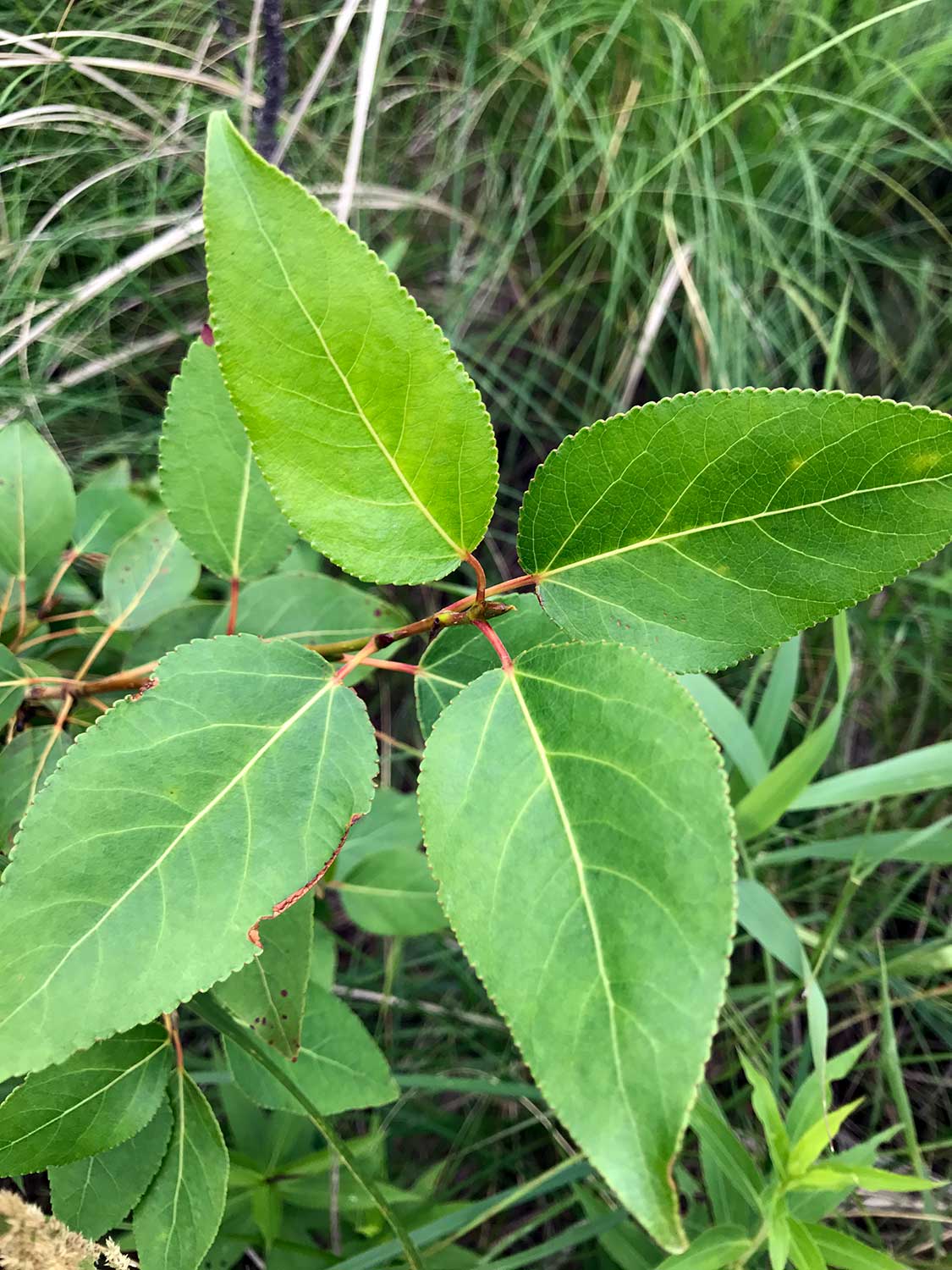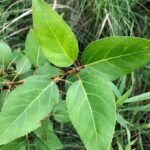Native To State: YES
Naturally Occurring: YES
Description
Populus balsamifera (Balsam Poplar or Balm of Gilead) is a deciduous tree belonging to the Salicaceae family. Here are some key identification characteristics:
Size and Shape: Balsam poplar is a medium to large-sized tree that typically reaches heights of 60 to 100 feet (18 to 30 meters). It has a straight, tall trunk and an irregular, open crown.
Leaves: The leaves of Populus balsamifera are large, broad, and ovate with serrated edges. They are dark green on the upper surface and paler beneath. The leaves emit a pleasant, balsam-like fragrance when crushed, giving the tree its name.
Bark: The bark of balsam poplar is smooth and greenish-brown when young, but as the tree ages, it develops into grayish-brown with shallow furrows and raised ridges.
Flowers: The tree produces inconspicuous flowers in the form of catkins. Male catkins are long and drooping, releasing pollen, while female catkins are shorter and erect, containing tiny seeds.
Buds: One of the distinguishing features of balsam poplar is its large, sticky, and resinous buds, which are coated with a gummy substance.
Habitat: Populus balsamifera is native to North America and can be found in various habitats, including wetlands, riverbanks, and floodplains. It has a preference for moist, well-drained soils.
Cultivation: Balsam poplar is valued for its rapid growth and adaptability to various growing conditions. It is often planted for shelterbelts, windbreaks, and erosion control.
Other Species: There are other species of poplar, such as Populus deltoides (Eastern cottonwood) and Populus tremuloides (quaking aspen), each with its unique characteristics.
Balsam poplar is known for its pleasant fragrance, attractive bark, and rapid growth, making it a popular choice for various planting and landscaping purposes. Its resinous buds and the aromatic compounds derived from them have also been used for medicinal and herbal purposes.
Occurrence
Found in several locations near wetter areas. Continually growing and regenerating populations exist naturally.


